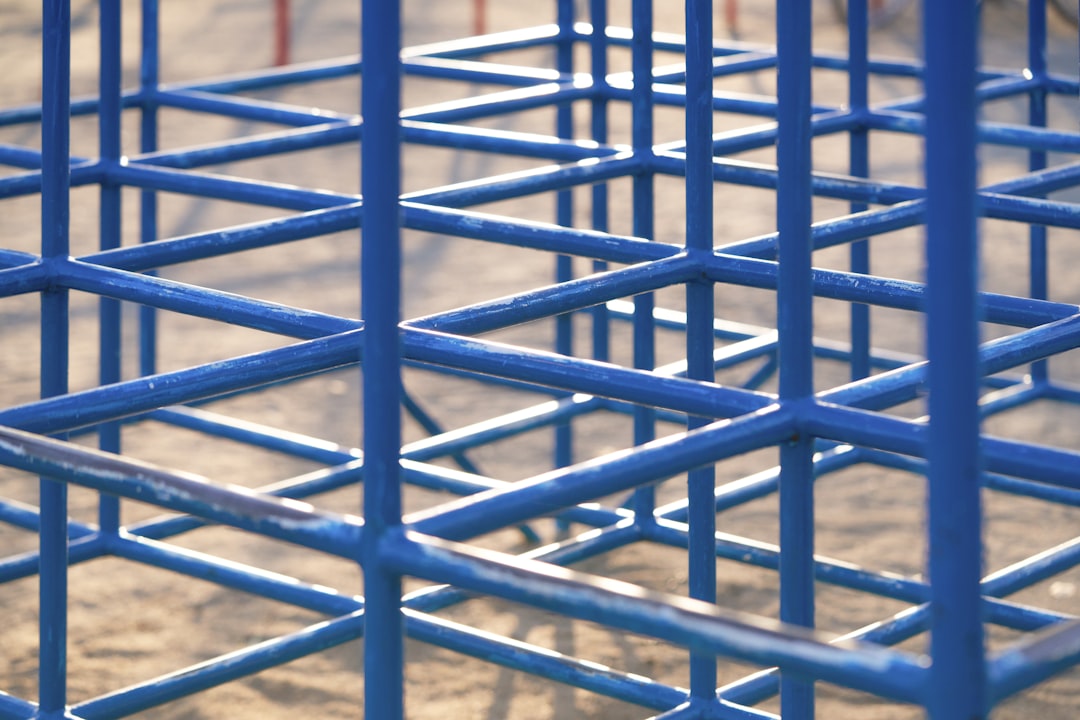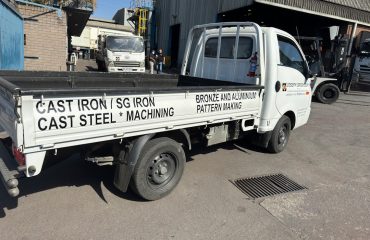body {
font-family: sans-serif;
line-height: 1.6;
}
h1, h2, h3 {
color: #333;
}
img {
max-width: 100%;
height: auto;
}
Steel frames are ubiquitous in modern construction, offering a blend of strength, flexibility, and cost-effectiveness. Designing these structures, however, requires a meticulous approach, incorporating various engineering principles and adhering to strict building codes. This comprehensive guide delves into the key aspects of steel frame design, providing insights into each crucial stage of the process.
1. Structural Analysis: The Foundation of Steel Frame Design
Before any steel member is even considered, a thorough structural analysis is paramount. This involves determining the loads the frame will endure – dead loads (the weight of the structure itself), live loads (occupancy, furniture, snow), and environmental loads (wind, seismic activity). Finite Element Analysis (FEA) software is commonly used for complex structures, allowing engineers to model the frame accurately and predict its behavior under various load scenarios. The results of this analysis dictate the size and type of steel sections required for each member to ensure adequate strength and stability. Factors such as deflection limits, buckling resistance, and overall stability must be meticulously checked against relevant design codes.
2. Material Selection: Choosing the Right Steel Grade
Steel is not a monolithic material; different grades possess varying strength and ductility properties. Selecting the appropriate steel grade is crucial for optimizing design and cost. Higher strength steels, while more expensive, can lead to smaller sections, reducing material costs and potentially simplifying construction. Factors influencing steel grade selection include the anticipated loads, the structural behavior of the frame (e.g., moment resisting, braced), and budget constraints. Understanding the mechanical properties of different steel grades, as specified in relevant standards like ASTM A992 and ASTM A572, is essential for making informed decisions. The engineer must also consider weldability and the availability of the chosen grade in the local market.
3. Connection Design: The Critical Joints of the Frame
The strength and integrity of a steel frame are heavily reliant on the design of its connections. These joints transfer forces between different members, and inadequate design can lead to premature failure. Common connection types include bolted connections, welded connections, and a combination of both. The choice of connection type depends on various factors, including the type of load, the size of the members, fabrication constraints, and cost. Detailed calculations are needed to ensure the connection’s capacity exceeds the anticipated forces. Considerations such as bolt pretension, weld size, and shear strength are critical for ensuring safe and reliable performance. The use of advanced connection techniques, such as high-strength bolts and innovative welding methods, can enhance both strength and efficiency.
4. Steel Detailing: Translating Design into Construction
Steel detailing is the process of translating the engineer’s design into detailed shop drawings for fabrication and erection. This crucial step involves specifying the precise dimensions, location, and type of each steel member, connection, and other components. Accurate detailing is essential for smooth construction and minimizes potential errors on site. Detailing software, such as Tekla Structures and AutoCAD, is used to create precise and comprehensive drawings that include all necessary information for the fabricator and erector. This includes member sizes, connection details, bolt specifications, weld sizes, and material grades. Clear and unambiguous detailing minimizes confusion and potential errors during construction, ensuring the final structure conforms exactly to the design specifications.
5. Code Compliance and Safety: Adhering to Regulations
Designing steel frames necessitates strict adherence to relevant building codes and standards. These codes dictate minimum safety requirements, load factors, and design procedures. Examples include the American Institute of Steel Construction (AISC) standards in the US, Eurocodes in Europe, and AS/NZS in Australia and New Zealand. Engineers must demonstrate compliance with these codes throughout the design process, ensuring the structural integrity and safety of the completed frame. This includes verifying that all members and connections meet the required strength and stability criteria, considering factors such as wind load, seismic load, and fire resistance. Regular audits and inspections throughout the construction process are also vital to maintain quality control and ensure the final structure aligns with the approved design.
Designing steel frames is a complex process that requires a combination of engineering knowledge, software proficiency, and meticulous attention to detail. By carefully considering each stage, from structural analysis to code compliance, engineers can create robust, efficient, and safe steel structures that meet the demands of modern construction.
SEO-Friendly Tags:
- Steel Frame Design
- Structural Steel Design
- Steel Structure Analysis
- Steel Connection Design
- Building Codes for Steel Structures




